I'm trying to integrate an equation using sympy, but the evaluation keeps erroring out with:
TypeError: cannot add <class 'sympy.matrices.immutable.ImmutableDenseMatrix'> and <class 'sympy.core.numbers.Zero'>
However, when I integrate the same equation in Mathematica, I get the result I'm looking for. I'm hoping someone can explain what is happening under the hood with sympy and how its integration differs from mathematica's.
Because there are a lot of equations involved, I am only going to post the Python representation of the equations which are used to make up the variables called in the integration. To know for certain that the integration is an issue, I have independently checked each equation involved and made sure the results match between Python and Mathematica. I can confirm that only the integration fails.
Integration variable setup in Python:
import numpy as np
import sympy as sym
from sympy import I, Matrix, integrate
from sympy.integrals import Integral
from sympy.functions import exp
from sympy.physics.vector import cross, dot
c_speed = 299792458
lambda_u = 0.01
k_u = (2 * np.pi)/lambda_u
K_0 = 0.2
gamma_0 = 2.0
beta_0 = sym.sqrt(1 - 1 / gamma_0**2)
t = sym.symbols('t')
t_start = (-2 * lambda_u) / c_speed
t_end = (3 * lambda_u) / c_speed
beta_x_of_t = sym.Piecewise( (0.0, sym.Or(t < t_start, t > t_end)),
((-1 * K_0)/gamma_0 * sym.sin(k_u * c_speed * t), sym.And(t_start <= t, t <= t_end)) )
beta_z_of_t = sym.Piecewise( (beta_0, sym.Or(t < t_start, t > t_end)),
(beta_0 * (1 - K_0**2/ (4 * beta_0 * gamma_0**2)) + K_0**2 / (4 * beta_0 * gamma_0**2) * sym.sin(2 * k_u * c_speed * t), sym.And(t_start <= t, t <= t_end)) )
beta_xp_of_t = sym.diff(beta_x_of_t, t)
beta_zp_of_t = sym.diff(beta_z_of_t, t)
Python Integration:
n = Matrix([(0, 0, 1)])
beta = Matrix([(beta_x_of_t, 0, beta_z_of_t)])
betap = Matrix([(beta_xp_of_t, 0, beta_zp_of_t)])
def rad(n, beta, betap):
return integrate(n.cross((n-beta).cross(betap)), (t, t_start, t_end))
rad(n, beta, betap)
# Output is the error above
Mathematica integration:
rad[n_, beta_, betap_] :=
NIntegrate[
Cross[n, Cross[n - beta, betap]]
, {t, tstart, tend}, AccuracyGoal -> 3]
rad[{0, 0, 1}, {betax[t], 0, betaz[t]}, {betaxp[t], 0, betazp[t]}]
# Output is {0.00150421, 0., 0.}
I did see similar question such as this one and this question, but I'm not entirely sure if they are relevant here (the second link seems to be a closer match, but not quite a fit).
